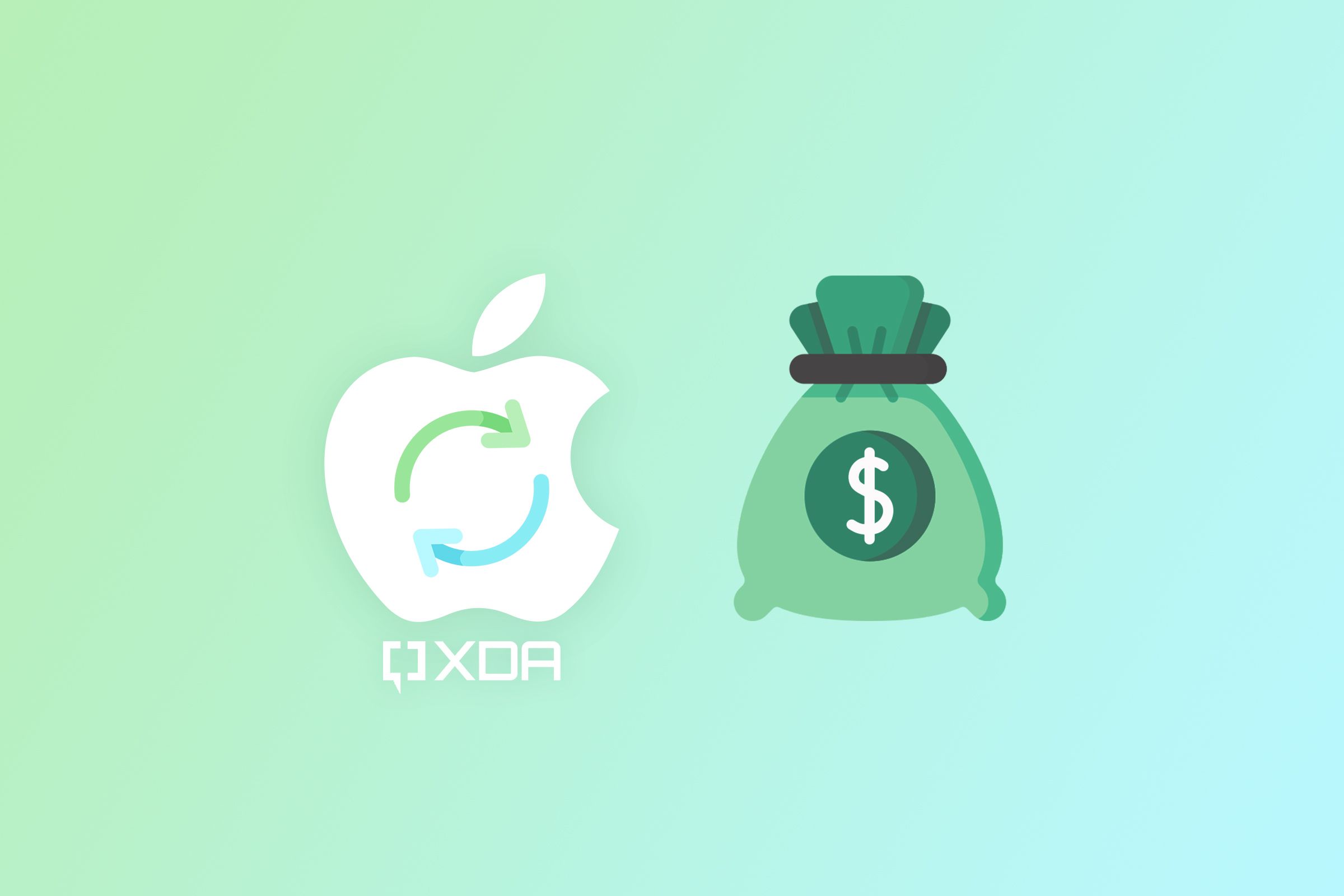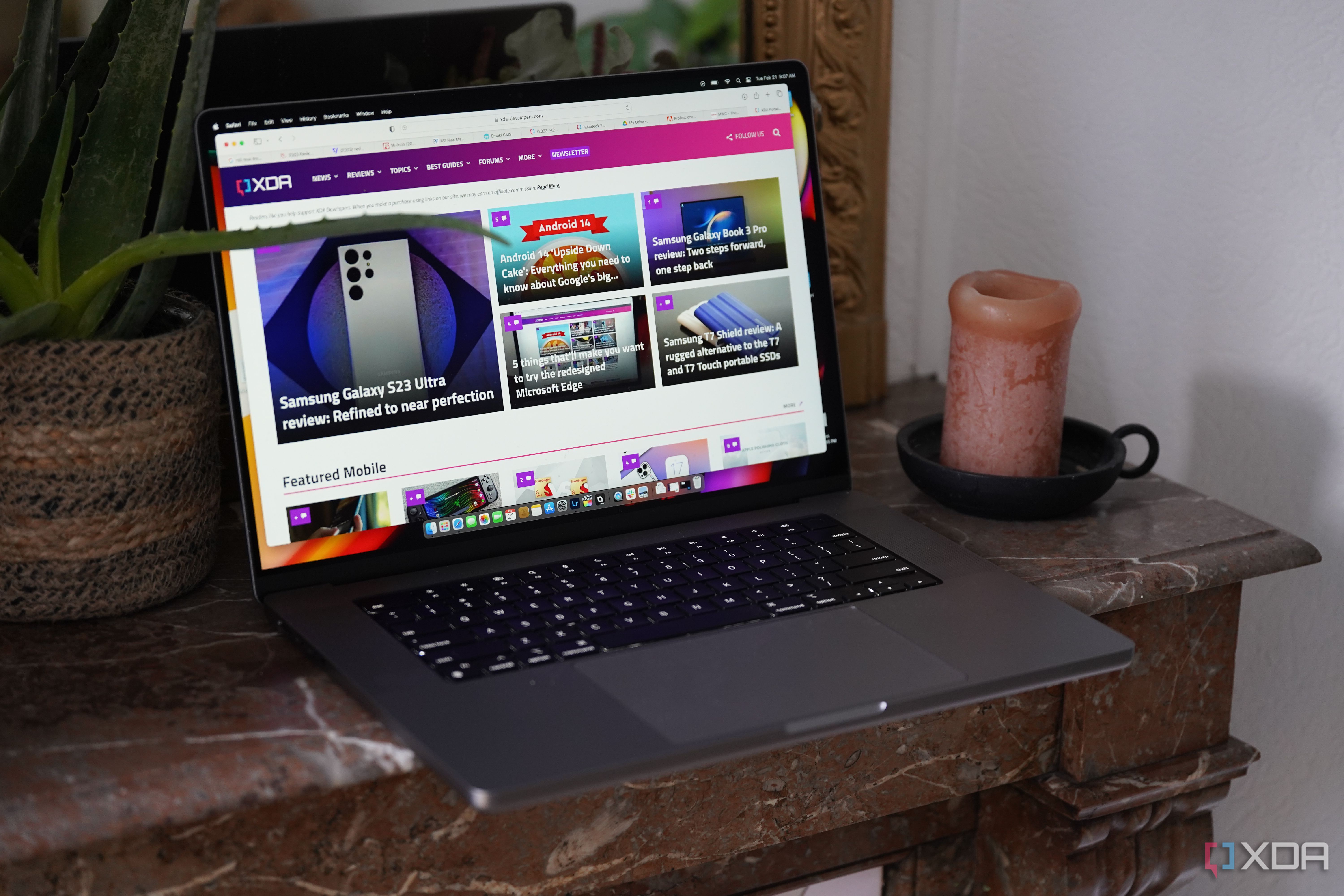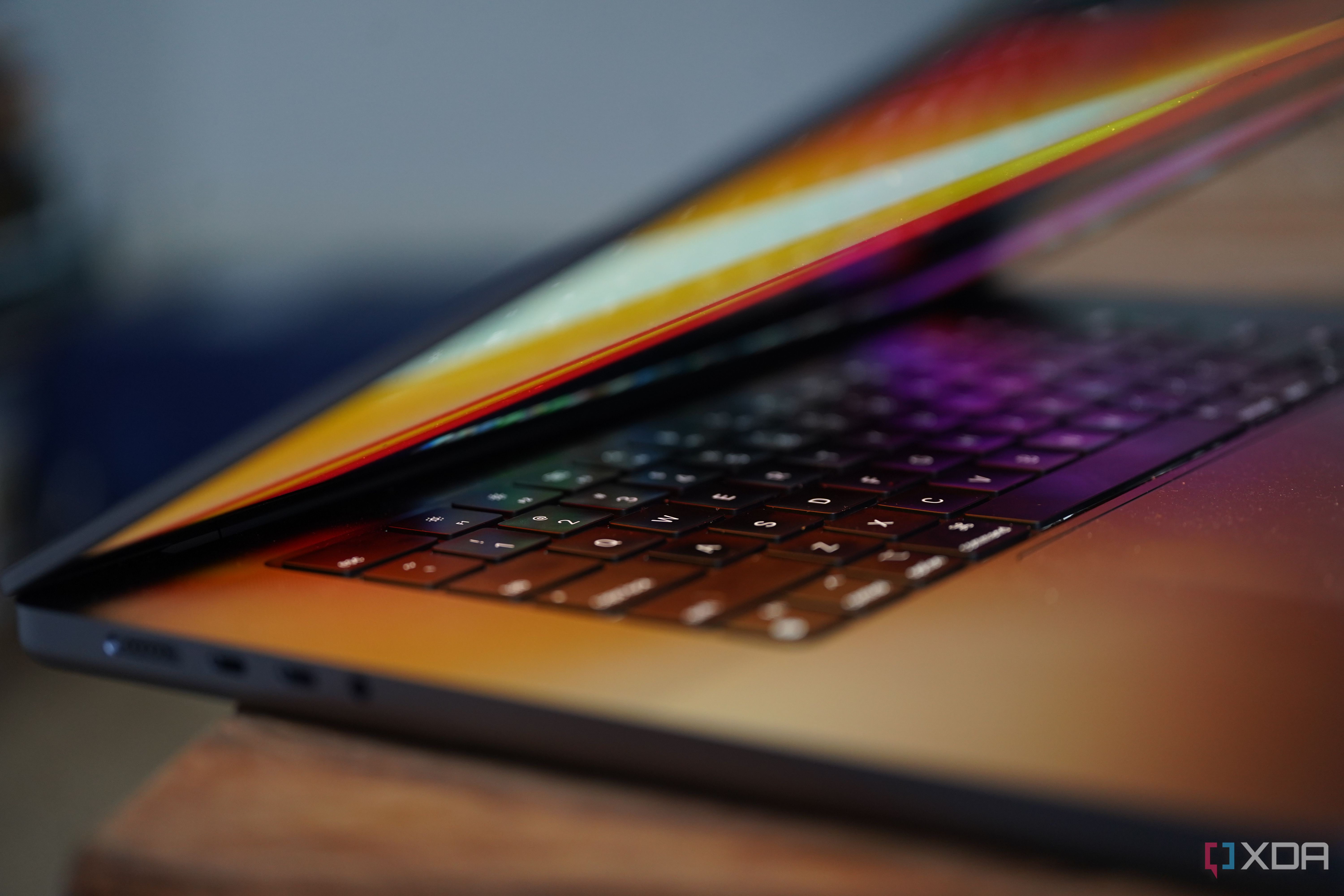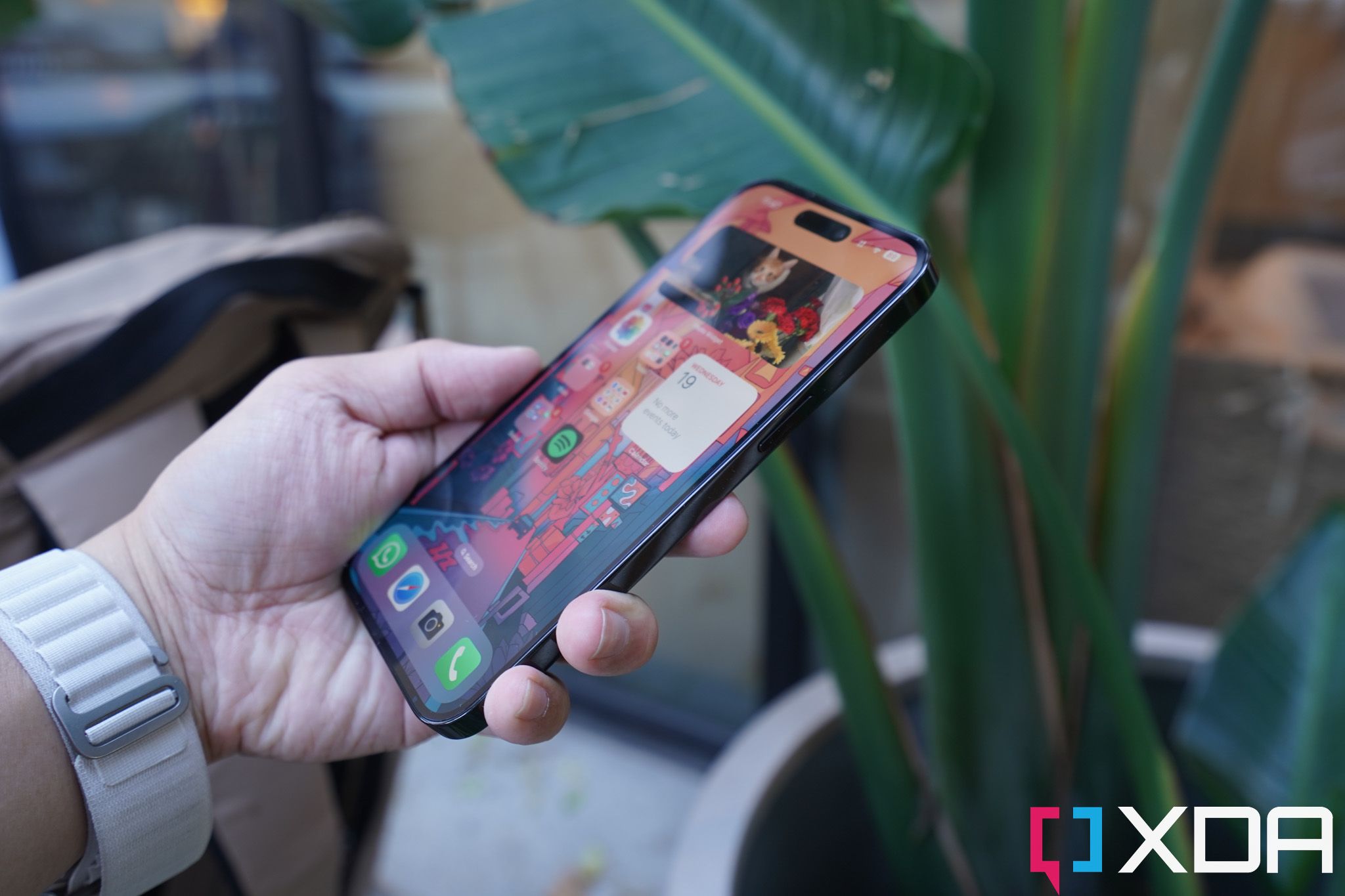If you're an OG iPhone or Mac user, then you might remember paid software updates. Over a decade ago, long before iOS 16 and macOS Ventura, major Apple OS updates used to cost users around $10 for iOS and $20 for macOS. By iOS 4, though, Apple switched to free software updates, allowing users to update their devices for as long as they're supported without having to pay a fee.
While this could be perceived as a win for consumers, maybe Apple should start charging for annual system updates again. Not only could it help fund more updates, but it'll allow people to skip an update if they so choose, especially with Apple's history of lackluster updates every other year.
The why
This thought first crossed my mind when reading a rumor about iOS 17 and iPadOS 17. According to the whispers, Apple might push some originally planned features for iOS/iPadOS 18 due to its focus on the mixed-reality headset. As someone who impatiently waits all year long for WWDC, learning that 2023's conference might be lacking due to the "limited resources" got on my nerves. The first edition of the headset will reportedly cater to a very limited audience, and I most certainly don't plan on buying a first-generation unit. Consequently, I would much rather have packed iOS 17 and macOS 14 updates.
So how is charging for updates going to fix this problem? Instead of reassigning some iOS engineers to work on other projects, such as the AR/VR headset, Apple could just use the revenue from software update fees to hire more engineers. This way, its budget doesn't change noticeably, and users get more stable and feature-rich updates.
If you've been observing Apple's recent patterns, you might've noticed that it'll launch major iOS changes and offerings one year and in the next will typically concentrate on fixing leftover bugs and glitches. While this strategy ensures that the tech debt doesn't accumulate, it makes every other WWDC relatively boring. So by charging users for software updates, this aspect becomes an active revenue stream for the company, which it can then funnel into larger, more exciting updates.
The technicalities
Of course, pulling such a move when Android OEMs offer free updates wouldn't be so simple. After all, Apple is famous for its long years of software support for new iPhones and excellent Macs. It could offer maybe three years of free updates to each newly released model to preserve this reputation. Afterward, those who haven't already upgraded to newer hardware would have to start paying an annual fee for the respective operating system.
Obviously, Apple would still issue security fixes and patches to non-paying users to protect them and their data from public vulnerabilities through X.X.1 updates. It would only paywall X.0 feature updates since they're completely optional, and not having them wouldn't harm non-paying users. Many developers publish their paid apps under new App Store listings when they release a major X.0 update. So they only maintain a version for a year or so, then switch to a new app. This way, users who have paid for the old version can continue using it for as long as it works. Apple could do something similar.
In a way, Apple has already done this in the past. When iOS 16 first launched, the company continued to issue minor iOS 15 updates to patch bugs and vulnerabilities, even to devices that supported iOS 16. It didn't force everyone to update to the latest version available for a few weeks. Eventually, devices supporting iOS 16 stopped receiving these updates since the company stabilized and polished the new version. The iPhone maker could use this same approach to paywall the new OS without completely abandoning free users.
The business model
As mentioned earlier, Apple could keep these updates free for the first three years since a device's release. Afterward, it could charge the same old fees, with iOS costing $10 per annual bump and macOS $20. iPadOS could go for a reasonable $15, while watchOS would get a tiny $5 tag to match its size. For those fully immersed in Apple's ecosystem, it could offer a discounted $35 bundle to access all four operating systems. Similarly, those enrolled in its $99/year Developer Program can get free access to all OS updates.
Of course, I'm merely providing a concept of how the business model for these paid software updates would work. The actual pricing could differ based on Apple's research and analysis and a user's country of residence.
Small price to pay
Development isn't free, and it's unfair for users to expect a service to remain free indefinitely. By taxing a software update, Apple could create more job opportunities for software engineers. In return, users would get more exciting updates with fewer bugs, more features, and better stability. Those unwilling to pay can resume using their devices normally while missing out on the new additions Apple works on.
Would you pay for software updates if they provide a bigger package? Let us know in the comments section below.





